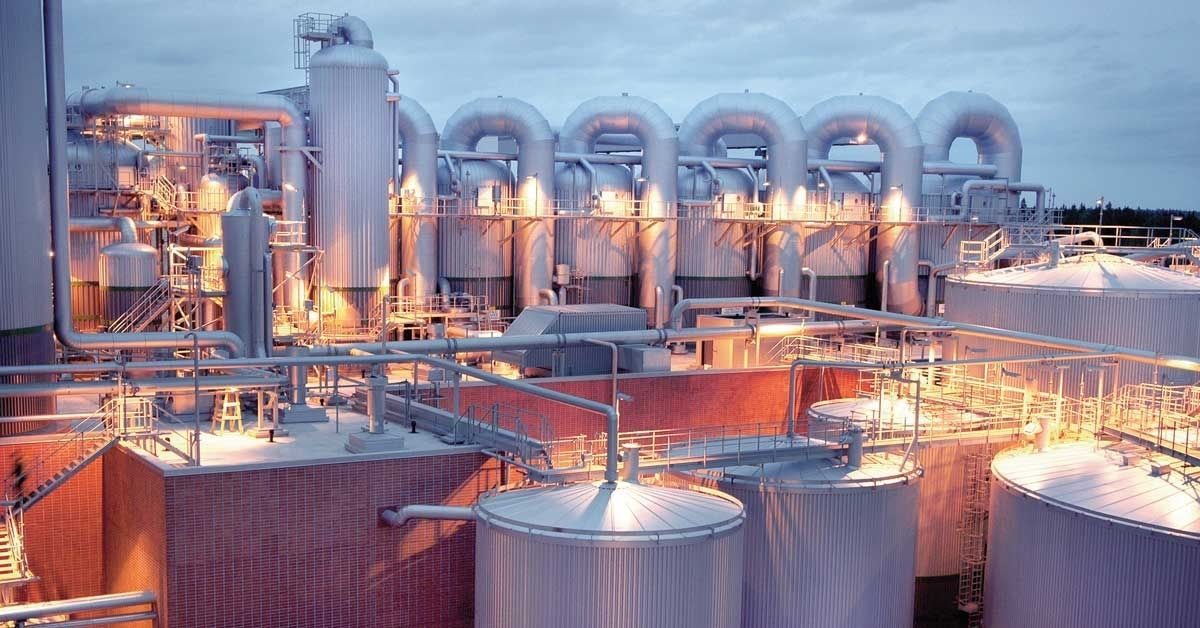Ocean freight rates continue to soar due to a global shortage of vessels and congestions at major ports amid the COVID-19 pandemic.
As of 10 September, freight rates from China for a 40-foor container to the US east coast now top $22,000, while those to northern Europe were at more than $14,000, according to online freight shipping platform Freightos.
The rates are up around 8% from the previous week. Prior to the pandemic, freight rates were below $3,000 on these routes.
Congestion at Chinese ports amid tighter pandemic-related restrictions is aggravated by expected arrival of Typhoon Chanthu, which is expected to make a landfall on Monday evening near the Ningbo-Zhoushan port, just south of Shanghai.
The typhoon will likely bring gale-force winds and rainstorms to regions including Shanghai, Zhejiang, Jiangsu, Fujian, as well as Taiwan.
China’s Maritime Safety Administration has already issued a warning for the Fujian province, where Xiamen Port is located.
In the monoethylene glycol (MEG) market, around 10,000 tonnes of Asian September-loading cargoes were sold to Europe because of delayed shipments from the US caused by Hurricane Ida.
In the recycled polyethylene terephthalate (R-PET) market, Asian producers could not move sold cargoes to deep-sea customers and have had to store these volumes in their storage spaces, causing further logistics constraints.
“We have no choice because these cargoes have been sold, and our customers simply can’t find ships,” said a Thai R-PET producer.
“This weighs down heavily on our logistics and operations,” the producer said.
Another Thai producer has been attempting to move its R-PET pellets from Thailand to their factories in Indonesia and Europe but was unable to do so due to high costs of freights.
“It just doesn’t make sense right now to pay so high freight rates and expensive container space, so we opted to keep the volumes in Thailand,” a company source said.
For a Taiwanese producer, most of its customers have also opted to delay shipping of purchased R-PET cargoes.
For ethylene, cargo backlogs and tight restrictions at selected Chinese ports will continue to hamper exports into October.
In the propylene market, shipping woes are keeping import discussions slim, with China’s port congestion along the Yangtze River continuing to hamper cargo movement.
Cargo arrivals in northeast Asian markets face delays of about two weeks, discouraging imports.
A growing shortage of river pilots due to quarantine requirements has led to longer wait time of around a week to 10 days for vessels delivering cargoes to plants located on the Yangtze River.
It is estimated that only seven foreign vessels can enter the major waterway each day based on the limited number of pilots.
“The shortage of raw material [at China plants), shortage of vessels may mean delays for weeks,” said a southeast Asia-based market source, adding that all these are exerting upward pressure on Chinese domestic prices.
In the Asian purified terephthalic acid (PTA) market, importers are increasingly opting for shipments via breakbulk, a method typically employed by buyers in Turkey, the Middle East, Pakistan and India.
Instead of being placed in shipping containers, the breakbulk method will transport the cargo in smaller portions in bags, boxes, crates, drums, barrels, among others.
Importing via the break bulk method has its own challenges, with the buyers facing the possibility of demurrage costs, and the risk of product contamination by moisture, or the breakage of jumbo bags that the PTA are stored in.
In the high impact polystyrene (HIPS) market, a major local supplier in India informed its customers that on account of supply chain disruptions affecting feedstock styrene monomer (SM) and also pending orders, delivery of material would be uncertain.
The supplier has also reduced exports amid difficulties in securing containers to ship material out of India.
Freight costs from Singapore port to the Nhava Sheva port in India is currently at around $140/tonne, up from $100/tonne in August.
In the synthetic rubber markets, several Asian makers of styrene-butadiene-rubber (SBR) and polybutadiene rubber (PBR) could not transfer cost-savings from low prices of feedstock butadiene (BD) to buyers.
For an India-bound shipment, “freight had risen more than $50/tonne between August and September, and poised to climb higher in October,” a northeast Asia-based seller said.
Source: ICIS








